Introduction:
This article provides detailed information about carpet tapes.
It covers the following topics:
- What are carpet tapes?
- How carpet tapes are manufactured
- Different types of carpet tapes, their features, and specific applications
- Adhesives used in carpet tapes
- Key factors when selecting carpet tape
- Installation and removal of carpet tape
- Advantages and limitations of carpet tape
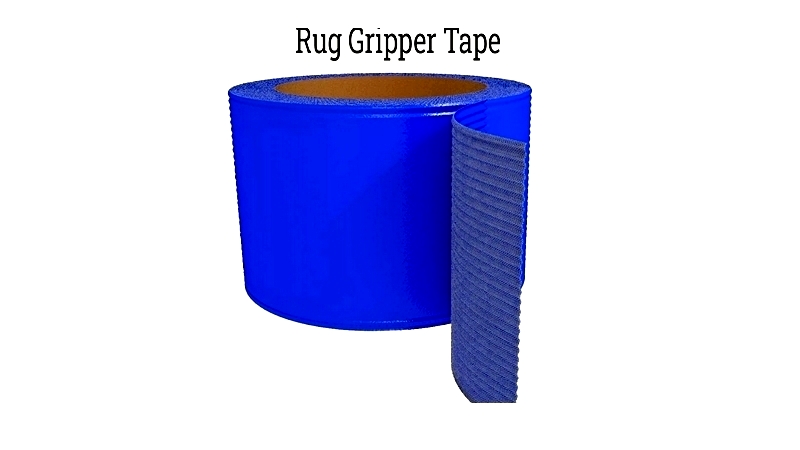
Chapter 1: Understanding Carpet Tape
Carpet tape is a specialized double-sided adhesive designed to secure rugs and carpets to flooring surfaces. Its strong, durable adhesive prevents slipping, bunching, or shifting, making it particularly useful in high-traffic areas or households with children and pets.
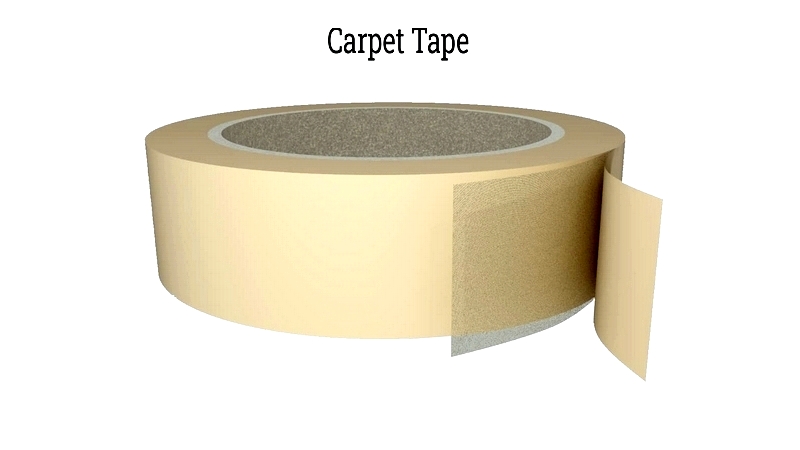
Production of Carpet Tapes
Manufacturers produce carpet tapes by applying two layers of pressure-sensitive adhesive to a backing material such as fabric or durable plastic film. This dual-adhesive design ensures strong bonding to both floor and carpet while preventing separation over time.
The tape structure consists of a central backing with adhesive layers on both sides. After curing, the tape is rolled for convenient storage and application.
Many carpet tapes include a protective release liner that preserves the adhesive until use. When ready for installation, users remove the liner to expose the adhesive for secure attachment.
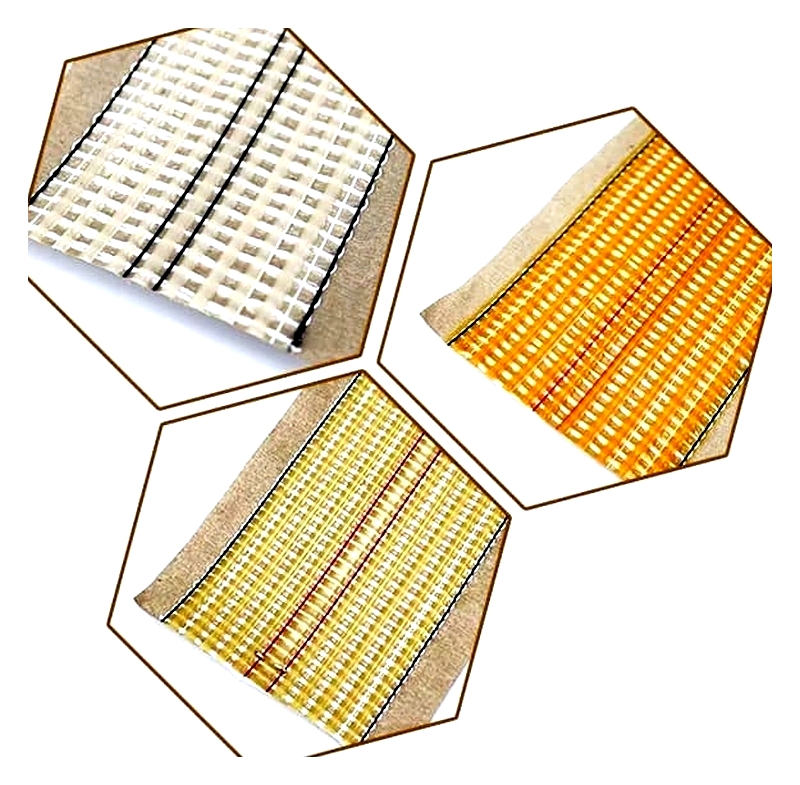
Chapter 2: Types of Carpet Tapes and Their Features
Carpet tapes come in various types, each with unique adhesive properties and applications. Understanding these differences helps ensure proper selection for different installation needs, whether permanent, temporary, heavy-duty, or specialized.
Double-Sided Carpet Tape: The most common type features strong adhesive on both sides for securing carpets in residential and commercial settings. Its synthetic rubber adhesive resists heat, humidity, and moisture, making it versatile for various environments. The tape allows clean removal, making it ideal for temporary installations.

Modern double-sided tapes use durable materials like polyethylene or PVC, compatible with wood, tile, laminate, and concrete surfaces. For optimal performance, ensure surfaces are clean and dry before application.
Fiberglass Carpet Tape: This heavy-duty option incorporates fiberglass mesh for enhanced strength and tear resistance. Ideal for commercial settings or large carpets, it withstands heavy foot traffic and furniture movement.
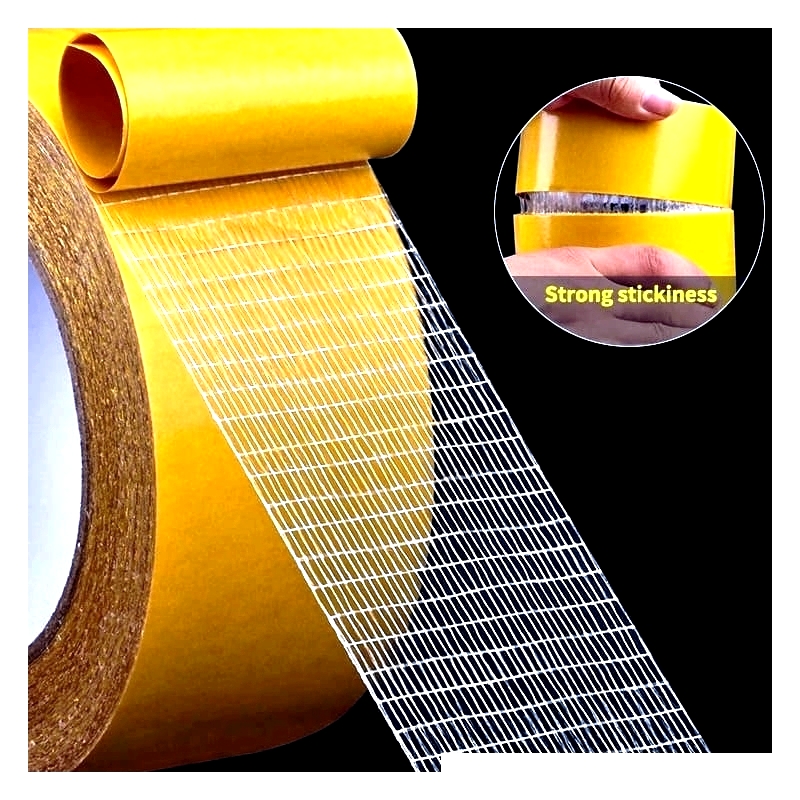
The reinforced construction provides lasting performance on challenging surfaces like concrete, while allowing clean removal when needed.
UV-Resistant Carpet Tape: Designed for outdoor use, this tape maintains adhesion despite sun exposure and weather conditions. Suitable for patios, decks, and pool areas, it resists moisture and temperature fluctuations.
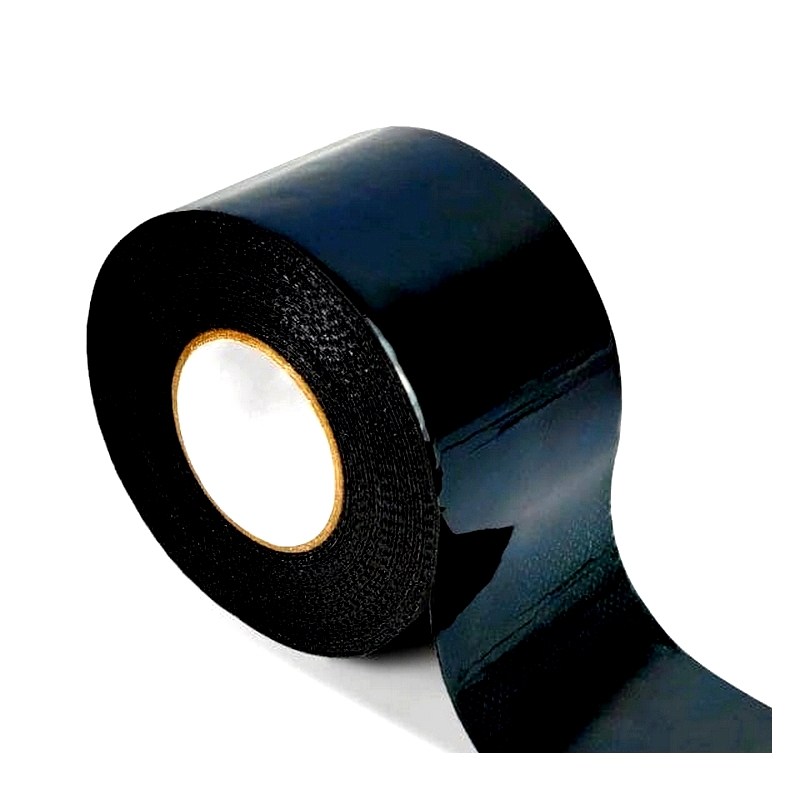
Anti-Slip Carpet Tape: Featuring a textured surface, this tape prevents carpet movement in high-risk areas like stairs and hallways. Its abrasion-resistant design enhances safety in both homes and businesses.
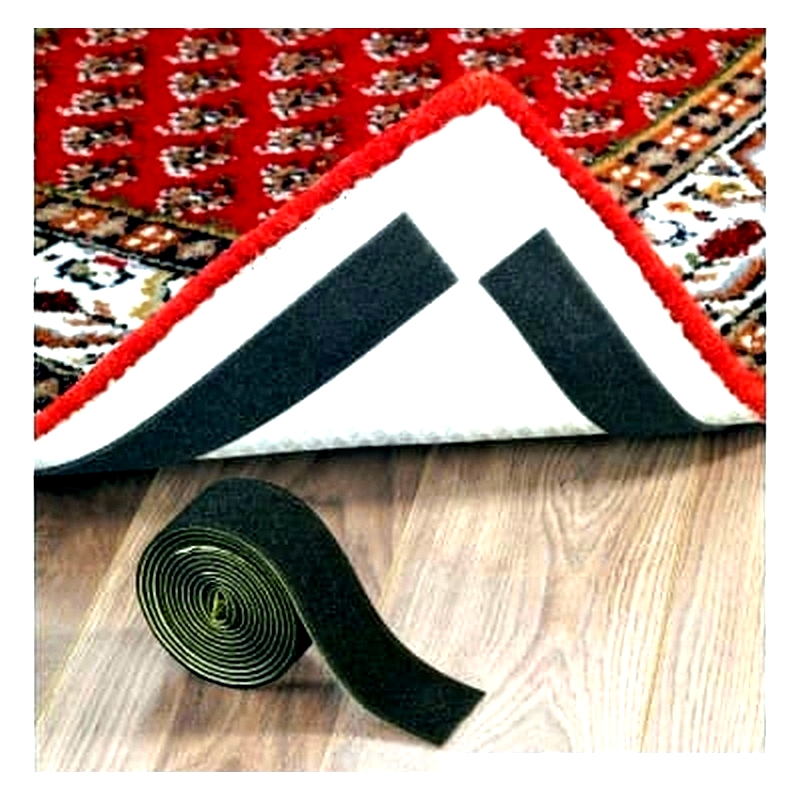
Single-Sided Carpet Tape: With adhesive on one side, this tape secures carpet edges without full-surface bonding. It's commonly used for perimeter attachment or in combination with other installation methods.
Foam Carpet Tape: This cushioned option provides sound dampening and minor floor leveling. The foam core improves comfort while the strong adhesive ensures secure attachment.
Seam Carpet Tape: Specialized for joining carpet sections, this tape requires heat activation for permanent bonding. It includes alignment guides for professional seam placement and prevents unraveling in high-traffic areas.

Choosing the Right Carpet Tape
Consider surface type, traffic levels, environmental conditions, and desired permanence when selecting carpet tape. Commercial spaces may require heavy-duty options, while outdoor installations need UV-resistant varieties. For safety concerns, anti-slip tape is essential, and foam tape works well for sound insulation.
Always verify compatibility with your flooring and follow manufacturer guidelines. Many suppliers now offer eco-friendly adhesive solutions that meet green building standards.




